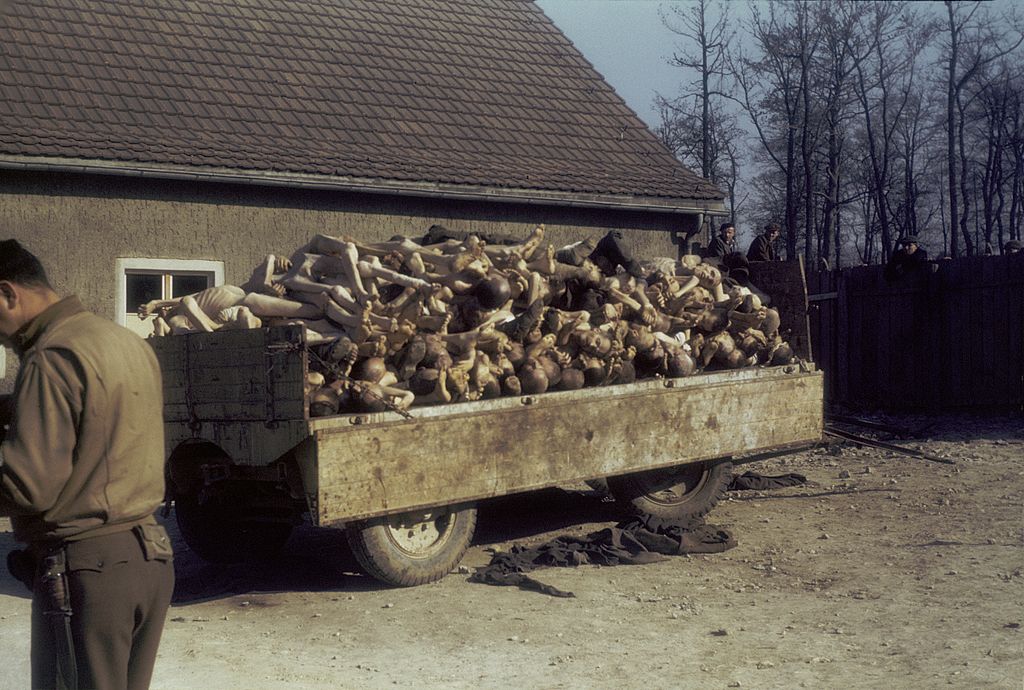World war 2 causes and consequences
The First World War came to an end in 1918 and the Paris Peace Conference was held in 1919. Many treaties including the Treaty of Versailles were signed at the conference. One of the important features of this conference was that only the victorious nations alone were invited. The conference turned out to be a meeting of the victors to share the spoils of the war. The defeated countries were badly treated.
They also discussed the establishment of permanent peace in the world. In order to solve mutual problems among the nations, under the initiative of the U.S. President Woodrow Wilson, the League of Nations had been established. However, the League failed to maintain the expected international peace.
This ultimately led to the rise of dictatorships in Germany, Italy, and Japan. The formation of Rome, Berlin, and Tokyo Axis led to the Second World War.
The “World War 2 causes and consequences” are a complex web of historical events that shaped the 20th century. The war’s roots can be traced back to the harsh Treaty of Versailles, economic instability, and the rise of extremist ideologies like fascism and Nazism. The conflict led to devastating loss of life, widespread destruction, and the emergence of superpowers like the United States and the Soviet Union. Its consequences included the formation of the United Nations, the Cold War, and the decolonization of many nations. Understanding this pivotal period is crucial for comprehending contemporary global politics and international relations.
Causes of the Second World War
1.Treaty of Versailles
The Treaty of Versailles was a peace treaty signed on June 28, 1919, at the Palace of Versailles, exactly five years after the assassination of Archduke Franz Ferdinand, which led to the war. It ended the state of war between Germany and most of the Allied Powers.
The treaty was the result of months of negotiations at the Paris Peace Conference, attended by representatives of the victorious Allied Powers. Germany was not allowed to participate in the negotiations, and the treaty was imposed on them without their consent.
The Treaty of Versailles was a complex document that addressed a wide range of issues, including territorial adjustments, reparations, disarmament, and the creation of the League of Nations. Some of the key provisions of the treaty included:
1.1.War Guilt Clause (Article 231)
Germany was declared solely responsible for the war and forced to accept full blame. This clause was seen as a harsh and unfair punishment by many Germans, as it ignored the complex causes of the war and placed all the blame on a single nation. It also had a profound impact on German national pride and contributed to the rise of extremist political parties in the interwar period.
The war guilt clause was also controversial because it required Germany to accept responsibility for the war without any opportunity to defend itself. Germany was not allowed to participate in the negotiations that led to the treaty, and the clause was simply imposed on them without their consent. This led to a sense of injustice and resentment among many Germans, who felt that they had been unfairly treated.
The war guilt clause also had a significant impact on the German economy. Germany was forced to pay huge reparations to the Allied Powers for war damages. The final amount was set at 132 billion gold marks, a staggering sum that crippled the German economy and led to hyperinflation and widespread poverty.
1.2.Territorial Losses
Germany lost significant territories to neighbouring countries, including:
- France: Alsace-Lorraine, Eupen-Malmedy
- Belgium: Eupen-Malmedy
- Poland: West Prussia, Upper Silesia, Posen
- Denmark: Northern Schleswig
- Czechoslovakia: Hultschin
- Lithuania: Memel
- Danzig became a free city under the protection of the League of Nations.
1.3.Military Restrictions
Germany’s military was severely limited in size and power. Its army was reduced to 100,000 men, its navy was drastically curtailed, and it was forbidden to have an air force. These restrictions were designed to prevent Germany from ever becoming a military threat again. However, they also had the unintended consequence of making Germany feel humiliated and resentful, which would later contribute to the rise of Adolf Hitler and the Nazi Party.
1.4.Reparations
Germany was ordered to pay huge reparations to the Allied Powers for war damages. The final amount was set at 132 billion gold marks, a staggering sum that crippled the German economy.
1.5.Consequences of the Treaty
1.5.1.Economic Hardship
The reparations payments and territorial losses devastated the German economy, leading to hyperinflation, widespread poverty, and a sharp decline in living standards for millions of Germans.
1.5.2.Political Instability
The harsh terms of the treaty fueled resentment and anger in Germany, contributing to the rise of extremist political parties like the Nazis. The German government was weak and unstable, and it struggled to cope with the economic and social problems facing the country. This instability created an opportunity for extremist groups to gain power, and the Nazis were able to exploit the situation to their advantage. The Nazis promised to restore Germany’s national pride and economic prosperity, and they were able to win the support of many Germans who were desperate for change.
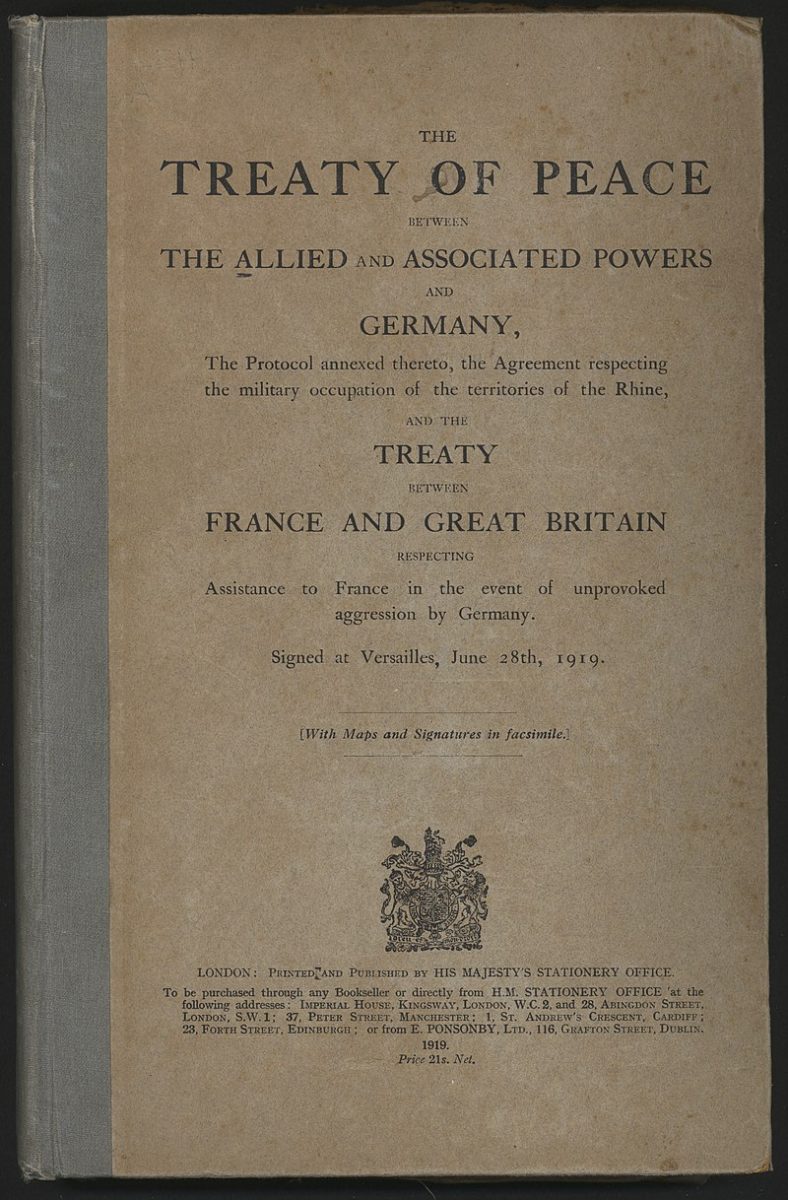
Germany was defeated in the First World War. Germany was not invited to the Paris Peace Conference. Germany was forced to sign a harsh and humiliating treaty. German territories were taken away from was deprived of their colonies. The German navy was completely disbanded.
The German army was reduced considerably. The Weimar Republic was not in a position to solve the post-war problems. The German people decided to take revenge for their humiliation. The Second World War was a war of retaliation. Therefore, the Treaty of Versailles had in itself the seeds of the Second World War.
Rise of Dictatorships
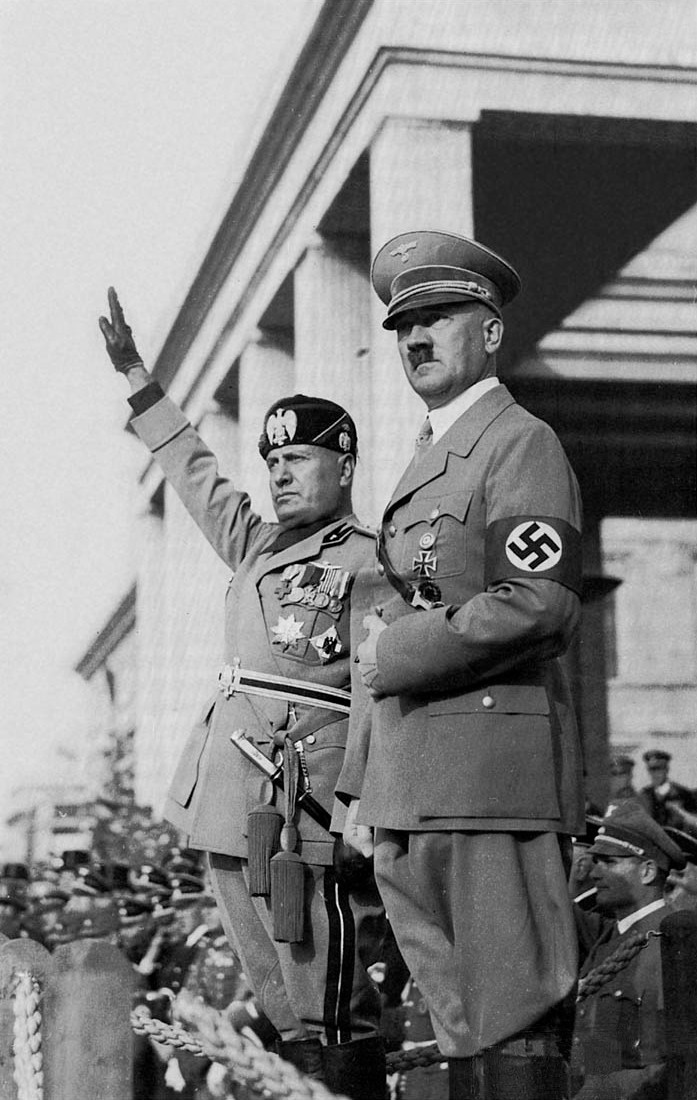
The inter-war period witnessed the rise of dictatorships in Europe. The inter-war period is otherwise called the period of dictators. Germany, Italy, Spain, and Japan witnessed the rise of dictators.
Dictatorship in Germany
In Germany, the Weimar Republic was weak. Hitler, the leader of the Nazi Party took full advantage of the weakness of the Republican Government and brought the government under his control.He started aggression. He captured Austria and Czechoslovakia. At last, he attacked Poland and World War II started.
Dictatorship in Germany
The same condition prevailed in Italy also. Italy felt that it was deceived in the Paris Peace Conference. Mussolini started the Fascist Party.
In 1922 he captured power and became a dictator. He also followed an aggressive foreign policy. The spirit of dictatorship arose in Spain and Japan also.
Dictatorship in Spain
In Spain, General Franco defeated the Republican Government and established his dictatorship. In this effort, he was assisted by the armies of Hitler and Mussolini.
Dictatorship in Japan
Hirohito was emperor during Japan’s militaristic period from the early 1930s to 1945, the end of World War II.
Japan became a partner of Hitler and Mussolini by signing the Rome- Berlin -Tokyo Axis. This alliance disturbed world peace and the Second World War started.
2.Militarism
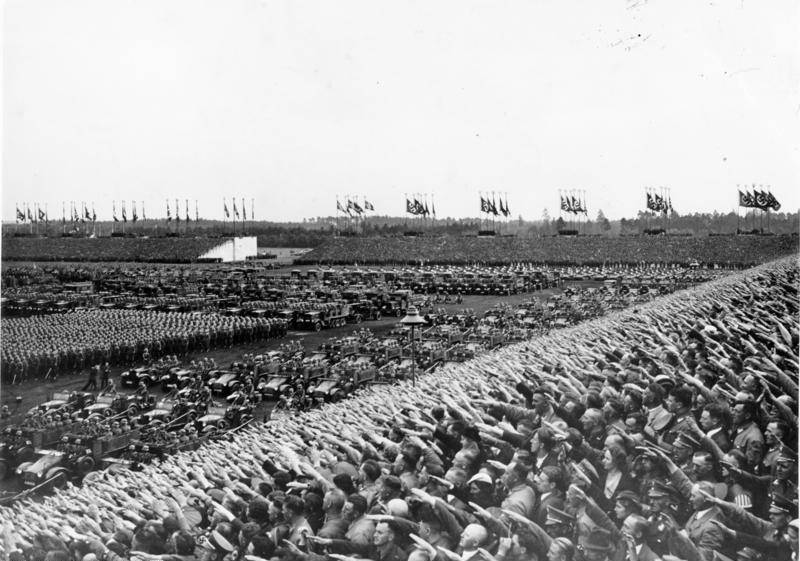
The failure of the disarmament efforts after the First World War was a major reason for the outbreak of a new War.
In the Paris Peace Conference, Germany was forced to disarm itself. The German Government demanded the disarmament of the victorious powers, in the same way as she had been disarmed.
As they refused, Germany under the dictatorship of Hitler increased its military strength. Owing to the immense increase in armaments and the development of militarism, the Second World War became inevitable.
3.Imperialism
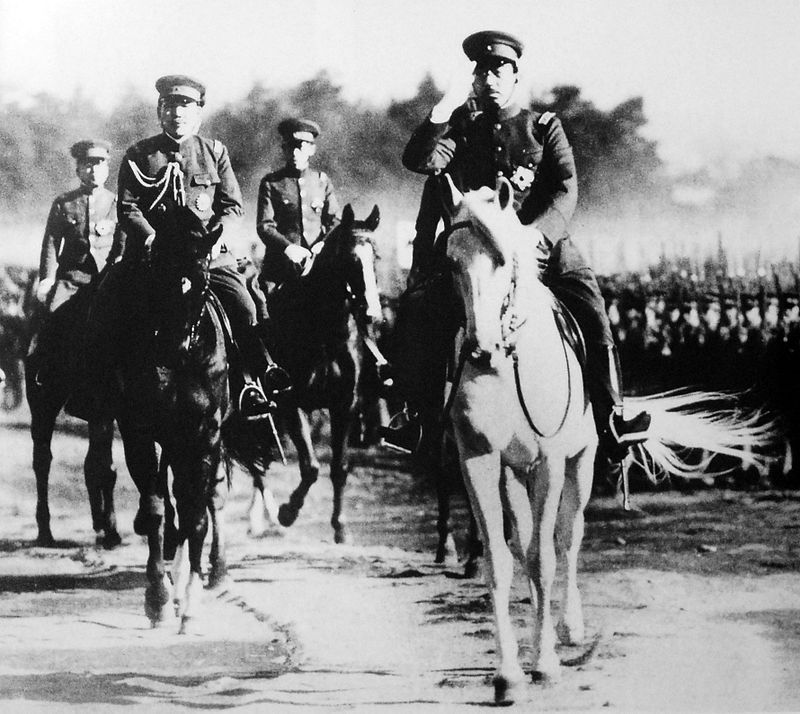
The policy of imperialism was one of the causes of the Second World War. It was this same feeling of imperialism that played a dominant role during the First World War.
Germany and Japan, who were more imperialistic than the Allied powers, simply ignored the decisions of the Paris Peace Conference.
They made their efforts to expand their respective territories. Hitler occupied Rhineland, Austria, Memel, and Czechoslovakia and incorporated them into German territory. Japan attacked Manchuria and captured it from China.
Mussolini occupied Abyssinia and launched a series of aggressive activities.
4.Colonialism
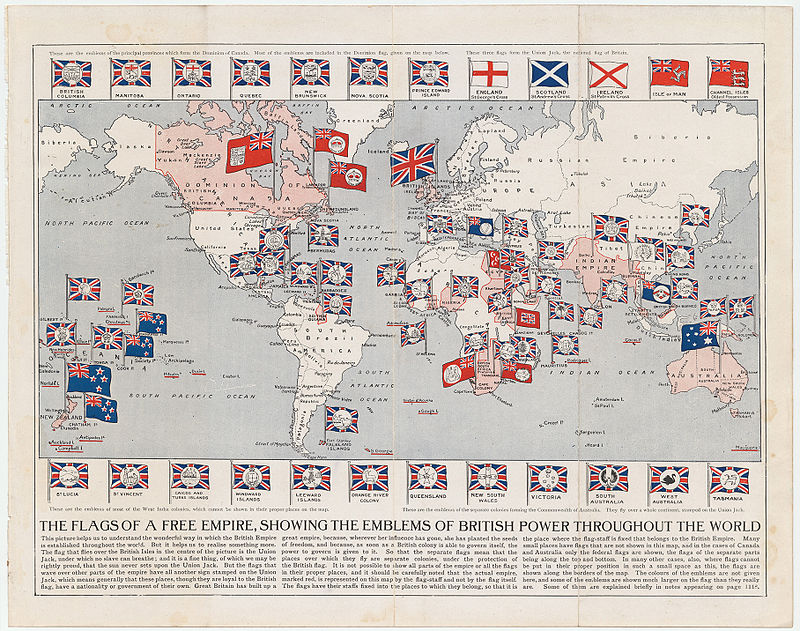
There was also a race for colonies among the European countries to obtain raw materials and markets for their industrial growth. This trend continued among these powers even after the First World War.
Germany was deprived of all its colonies at the Paris Peace Conference. Italy was dissatisfied with the treatment of the Allied Powers.
Japan, a powerful Asian country wanted to have colonies to enrich its resources. It is in these circumstances Germany, Italy, and Japan decided to follow aggressive foreign policy.
These aggressive actions ultimately led to the Second World War.
5.Failure of the League of Nations
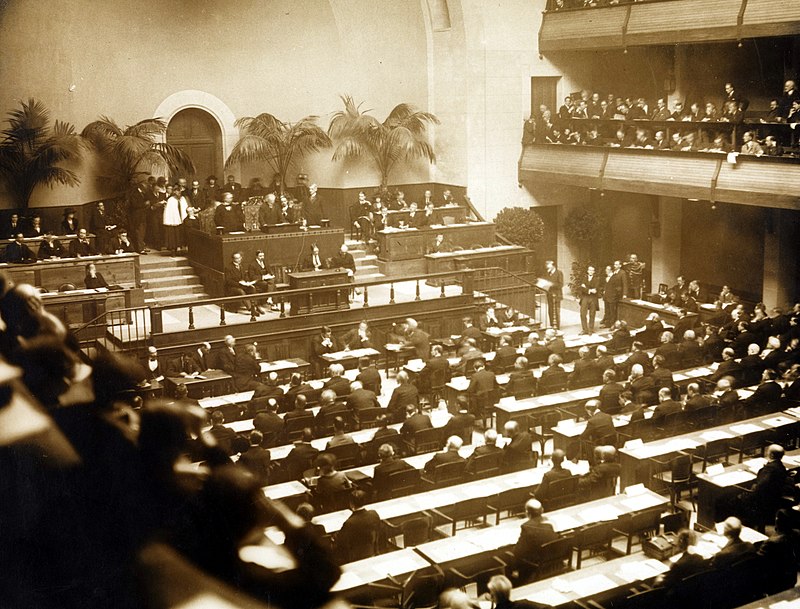
After the First World War, the League of Nations was established to solve controversies among the nations and to maintain permanent peace and order in the world.
Even the members of the League failed to respect the provisions of the covenant of the League. Those who violated the provisions simply walked out of the League, without any punishment.
The League could not contain the Japanese annexation of Manchuria and the Italian invasion of Abyssinia.
Hitler’s activities posed a challenge to the League. Thus, the failure of the League of Nations to control aggressive countries was a major cause of World War II.
6.The dissatisfaction of National Minorities
The Allied powers though posed themselves as the champions of the principle of self-determination, in actual practice that principle was not followed by them.
In some parts of Central Europe, the problem of national minorities existed. It is these minority groups that became the hotbeds of discontent and dissatisfaction.
German annexation of Austria and Sudetenland and attack on Poland was based on this policy of reunion of National minorities.
7.Mutual differences of the Allies
There was no collective cooperation among the Allies. England followed policy appeasement towards Germany.
France’s fear of Germany was opposed by England. The U.S.A., the architect of the League of Nations, did not join the League.
These differences among the allies failed to check the increasing strength of the dictators.
8.The course of the War
According to the decisions taken in the Paris Peace Conference, Poland had been made an independent kingdom. East Prussia was separated from Germany.
Now, Hitler wanted to unite East Prussia with Germany. Hitler invaded Poland on September 1, 1939. Great Britain declared war against Germany on September 3.
The second World War started.
In April 1940, Germany captured Denmark and Norway. In May 1940, Holland and Belgium were conquered. Germany attacked France and captured it in June 1940.
Italy fought against the British forces in North Africa. Mussolini attacked Greece and captured it with German support. Yugoslavia and Crete were occupied by the Germans.
After the fall of France, Britain was left alone. Hence, Hitler wanted to attack England by air.
There was a continuous air force attack on Britain. But the dynamic leadership of Prime Minister Churchill saved England. Germany could not conquer Britain.
Germany made the mistake of invading the Soviet Union, despite a nonaggression pact. One of the important battles was the Battle of Stalingrad.
For five months the battle went on. It involved 2 million men, 2000 tanks, and 2000 aero-planes. The invading German army was driven back.
In February 1943, about 90,000 German soldiers surrendered. This was a turning point in the war.
In December 1941, Japan attacked Pearl Harbour. This tragedy dragged the U.S.A. into the war. General MacArthur was made the supreme commander of the Pacific region.
Lord Mountbatten, the Commander of South East Asia drove the Japanese from Burma.
In Africa, Abyssinia was conquered by the U.S.A. from Italy. The Italian Somaliland was also conquered.
The British General Montgomery captured Libya from the Germans. He also conquered Tripoli and entered Tunisia. In 1942 Algeria fell.
In 1943 Sicily was captured by the British and U.S. troops. North Africa was cleared of Italian and German troops.
The mainland of Italy was attacked. There was a revolt in Italy and Mussolini was arrested, but he managed to escape with German help.
In September 1943, Italy surrendered unconditionally. Mussolini was captured and killed by his own people in April 1945.
In 1944 the Allied forces entered France and expelled the German army from France. After that, the Allied forces attacked Germany from the Southwest.
Russia invaded Germany from the East. On 2 May 1945, Russian army entered Berlin. Hitler committed suicide and Germany surrendered.
Even after the surrender of Germany, Japan continued the war. The USA dropped two atomic bombs on Hiroshima (6th August) and on Nagasaki (9th August).
Following this Japan surrendered on 14th August 1945. The Second World War was over. At the end of the war, some 13 million
Europeans were killed and 17 million civilians died as a result of the fighting. All major cities were in ruins. Agriculture was ruined. People of the entire world had to face untold miseries, directly or indirectly.
Results of the Second World War
In this war, about 15 million soldiers and 10 million civilians lost their lives. An important result of the Second World War was that it brought to an end the colonial Empire of the European countries in Asia and Africa.
The multi-polar world became the bi-polar world. The USA and USSR emerged as superpowers. Cold War started as an ideological war between the USA and the USSR.
World war 2 causes and consequences Timeline of Events
A Timeline of World War II (1939-1945)
Pre-War Tensions and Aggressions
- 1919: Treaty of Versailles: Imposed harsh terms on Germany, leading to resentment and economic instability.
- 1933: Adolf Hitler becomes Chancellor of Germany: Rise of the Nazi Party and aggressive expansionist policies.
- 1938: Anschluss: Germany annexes Austria.
- 1938: Munich Agreement: Britain and France appease Germany by allowing annexation of Sudetenland.
Outbreak of War
- 1939: Invasion of Poland: Germany invades Poland, leading Britain and France to declare war.
World War II Begins
- 1940: Blitzkrieg: Germany invades Denmark, Norway, Belgium, Netherlands, and France.
- 1940: Battle of Britain: Germany fails to defeat Britain through aerial bombardment.
- 1941: Operation Barbarossa: Germany invades the Soviet Union.
- 1941: Attack on Pearl Harbor: Japan attacks the U.S. naval base at Pearl Harbor, bringing the U.S. into the war.
Global Conflict
- 1942: Battle of Stalingrad: Soviet victory halts German advance in the East.
- 1942: Battle of Midway: U.S. naval victory turns the tide in the Pacific.
- 1944: D-Day: Allied invasion of Normandy, opening a Western Front in Europe.
- 1945: Battle of Berlin: Soviet forces captured Berlin, leading to Germany’s surrender.
- 1945: Atomic bombings of Hiroshima and Nagasaki: U.S. uses atomic weapons, forcing Japan’s surrender.
The War’s End and Its Legacy
1945: End of World War II: The Allied victory leads to the formation of the United Nations.
Post-War Era: Cold War tensions between the U.S. and the Soviet Union emerge.
Global Impact: The war reshaped the world order, leading to decolonization and the rise of new nations.
Conclusion
Understanding this timeline is crucial for comprehending the “World War 2 causes and consequences” and their lasting impact on global history.
